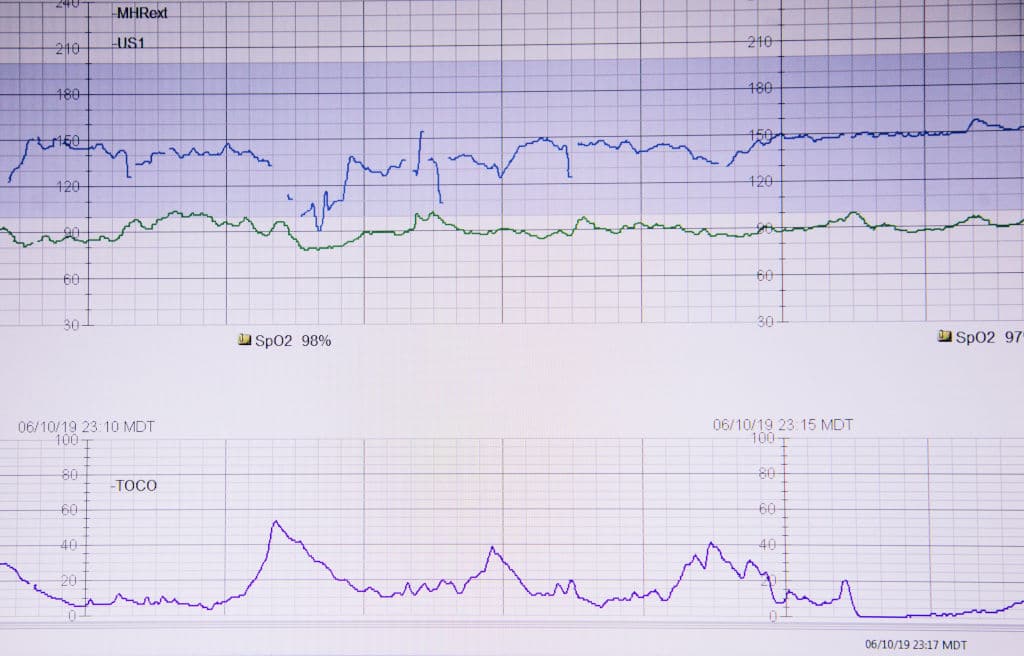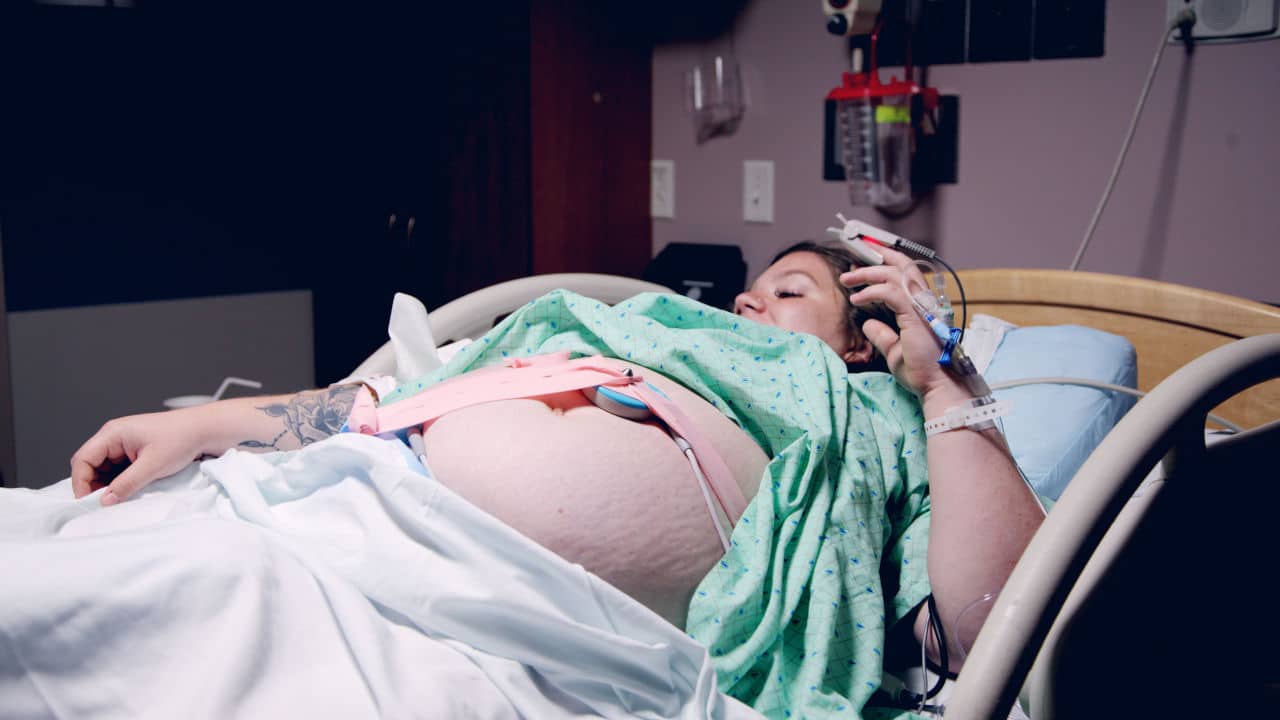The process of monitoring a baby in the womb has been made easier through the help of fetal monitoring machines.
What Is Fetal Monitoring?
According to the Birth Injury Help Center, the term fetal monitoring was referred to as “the process of listening to and interpreting the heartbeat patterns of a baby during labor and delivery. Doctors and nurses watch and interpret the fetal heart patterns to assess whether the baby is under too much stress and decide if they need to intervene in the delivery.”
This is done through electronic fetal monitoring monitors (EFM).
The EFM tracks both the mother’s contractions and the baby’s heartbeat.
A device is attached to the mother’s belly like a belt, and the measurement is transmitted to the monitor in the form of strips on the screen.
When correctly interpreted, the strips would reveal whether the baby is in distress and needs to be delivered or if the baby is in good condition.
Once there is a mistake in the reading, it can result in birth injuries or death.

Some of the mistakes that can be made during fetal monitoring include:
- Inability to properly read the data displayed on the machine
- Inability to correctly interpret what has been read
- Taking the mother off the monitoring machine too early
- Negligently ignoring the results displayed on the machine
Fetal monitoring mistakes often result in lawsuits, and the process that led to the harm can be displayed using legal animations. The assistance of qualified medical personnel as an expert witness is needed.
Fetal Monitoring Mistakes Cases before the Court
Fetal monitoring mistakes have been known to cause various medical damages in babies, and these have been considered before the court.
Legal animation is a trustable tool in proving the negligence displayed in fetal monitoring.
Numerous fetal monitoring cases have appeared before the court with the attendant harm caused to children.
Here are some of the cases:
- Baglio v. St. John’s Queens Hospital: Brain Damage
In this case, the infant plaintiff’s mother detected some abnormalities in her infant and, upon examination by medical personnel, discovered that her child had suffered brain damage from lack of oxygen during birth.
Knowing that the improper reading of the fetal monitoring strips is tied to the injury, the plaintiffs’ attorney demanded the fetal monitoring strips generated during labor to get to the root of the problem and serve as evidence.
The hospital delivered a false strip.
Demand was made for the right one, and the hospital claimed not to know its whereabouts.
The court held in favor of the plaintiff that “the fetal monitoring strips are the most critical evidence to determine fetal well-being at the time of treatment, and in evaluating the conduct of health care providers with regard to obstetrical management thereafter.”

- Gotto v. Eusebe-Carter: Cerebral Palsy, Spastic Quadriplegia, Gastroesophageal Reflux Disease, and Cognitive and Speech Impairments
Sometimes, the effect of negligence in reading the fetal monitoring strips right can cause an array of short-term and permanent disabilities in the infant.
In the instant case, failure to correctly interpret the strips caused cerebral palsy, spastic quadriplegia, gastroesophageal reflux disease, and cognitive and speech impairment.
In a case filled with all these effects, the use of legal animation is appropriate to hit the nail on the head and directly affect the jury’s thoughts.
When there is negligence in interpreting fetal monitoring strips, the result can be fatal. Such is this case.
The mother had been in the hospital’s care all through prenatal care.
Before delivery, the mother was being monitored, albeit not appropriately.
The doctor measured at 1 cm to save paper when he should have done it at 3 cm, which would have yielded a more accurate result.
In addition to that, instead of constantly checking the strips, he left the mother for a long time.
When he came back, he discovered some abnormalities, and at that time, it was too late.
The baby was delivered stillbirth.
In a case such as this, legal animation can be used to depict the medical blunder and reveal the unjust treatment of the medical practitioner.
Conclusion
The usefulness of legal animation in fetal monitoring cases cannot be overemphasized.
With the assistance of a phenomenal legal animation company and a thorough expert witness, the case can be won.





